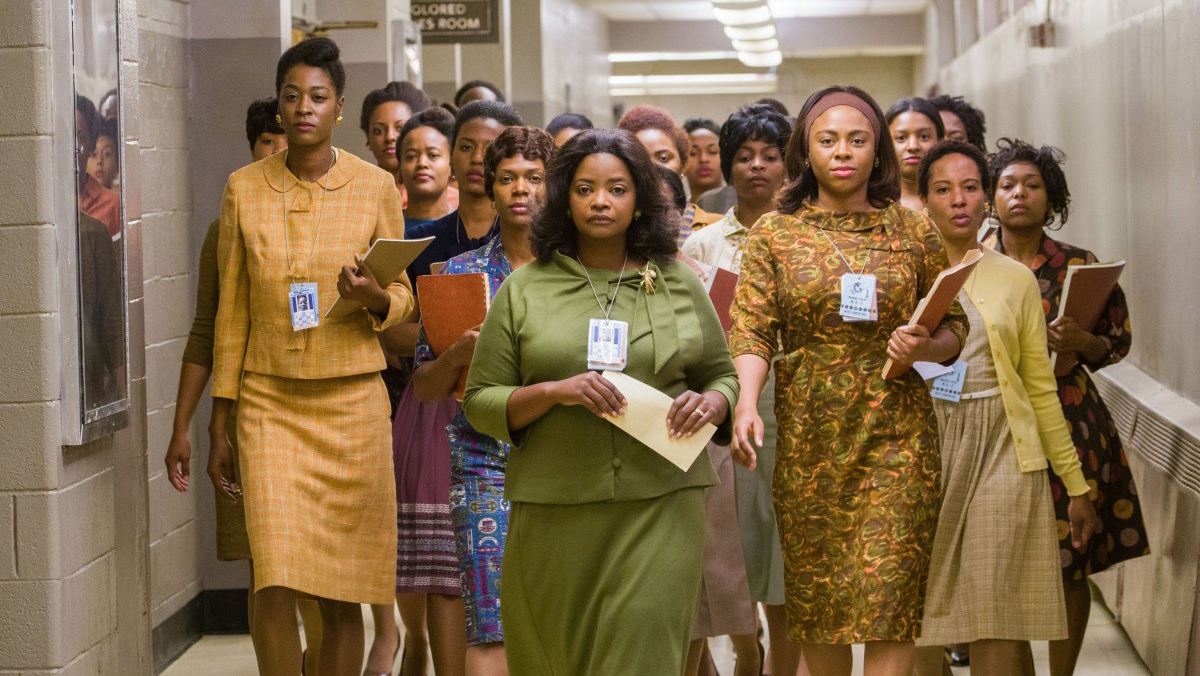By Karen - 09 September 2021

One of my favorite scenes in this movie is when Mary appeals to the court in order to attend classes in an all-white high school. When the judge reminded her that Virginia is still implementing the apartheid policy and that the local law still supports the rejection of black students in all-white schools. She wisely cited the experience of the judge and put forward the argument of ‘the importance of being the first’.
Black women attend classes in an all-white school, unheard of in Virginia,
Just as before astronaut Alan Shepard, it was unheard of for Americans to reach space.
Now he will be remembered forever as the American of The first to touch the stars,
Mary herself, as a black woman who cannot change her skin color, wants to be an engineer at NASA. She said,' I have no choice, but to be the first.'
Since Wilde's phrase, 'we are all living in the gutter, but there are still people looking up at the stars. 'Being familiar with everyone, the starry sky has a better imagination in people's hearts. And NASA is the place closest to the starry sky, which makes Katherine, Dorothy and Mary working in it, as black women in the apartheid zone, have more desire to touch the starry sky.
We can see in this movie that in Virginia in the 1960s, the institutional discrimination of apartheid was taken for granted in the eyes of white people, and the three protagonists protested against discrimination by working in a disadvantaged working environment. Try to let colleagues see its indisputable results. The content of the film is very rich. In the exciting background of the civil rights movement led by Martin Luther King and human beings began to explore the universe more deeply, through the unfolding of the stories of the three protagonists, it is not only about racial discrimination, but also about feminism. , And the confidence and courage to break through barriers, almost everyone can get inspiration and inspiration from it.
Mary bravely tried the impossible, broke the rule that blacks could not study in an all-white school, got an engineer degree, and became the first female African-American aeronautical engineer in NASA and American history.
Dorothy is doing the job of supervisor, but she cannot get the title of supervisor. Although her boss, Mrs Mitchell, played by Spiderwoman Dunst, does not admit to being racist, we can clearly see her prejudice. When Dorothy successfully operated the IBM machine and was finally promoted, Mrs Mitchell said "I don't have anything personal against you." "Yeah that's probably what you believe." Dorothy replied. She succeeded in making herself irreplaceable, becoming NASA's first African-American director.
Katherine's working environment is the worst. She runs half a mile every time to go to the colored toilets. Now it seems so absurd, but people at the time took it for granted. Even coffee pots should be colored. The label of race is different from that of white people. There are many barriers to work. She has to look at the light to see the confidential data that has been obliterated by ink, so as to make calculations. She broke the rule that women cannot enter the meeting room of this project. Performance won the respect of everyone. When astronaut John Glenn learned that the data was uncertain before launch, he chose to trust Katherine, "the smarter one" when his life was at stake. She also succeeded in getting the prejudiced Xie Er to pour coffee for her willingly. When Katherine was 97 years old, she was awarded the Presidential Medal of Freedom. At that time, the American president was the first black president Barack Obama.
This movie allows us to see the star-studded characters hidden behind the scenes. The three black heroines eclipse the white stars in the role, and their confidence and courage to break the rules and barriers will inspire all those who want to touch the stars. .


